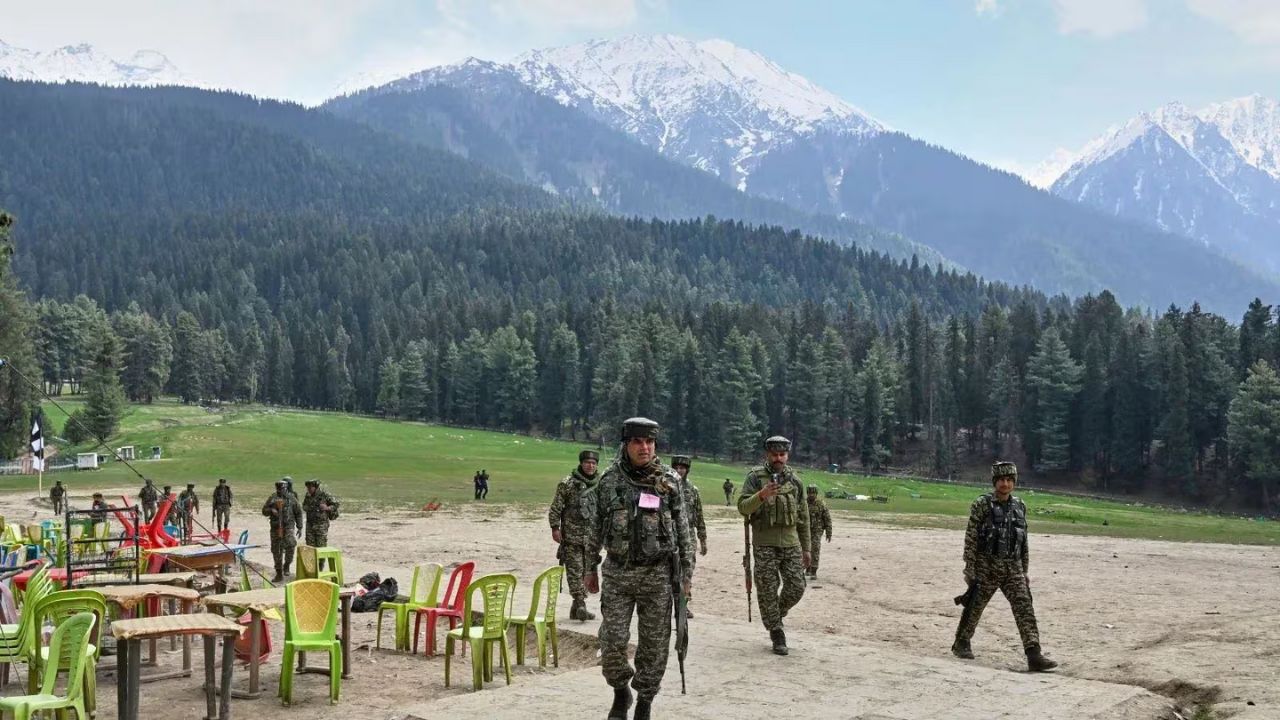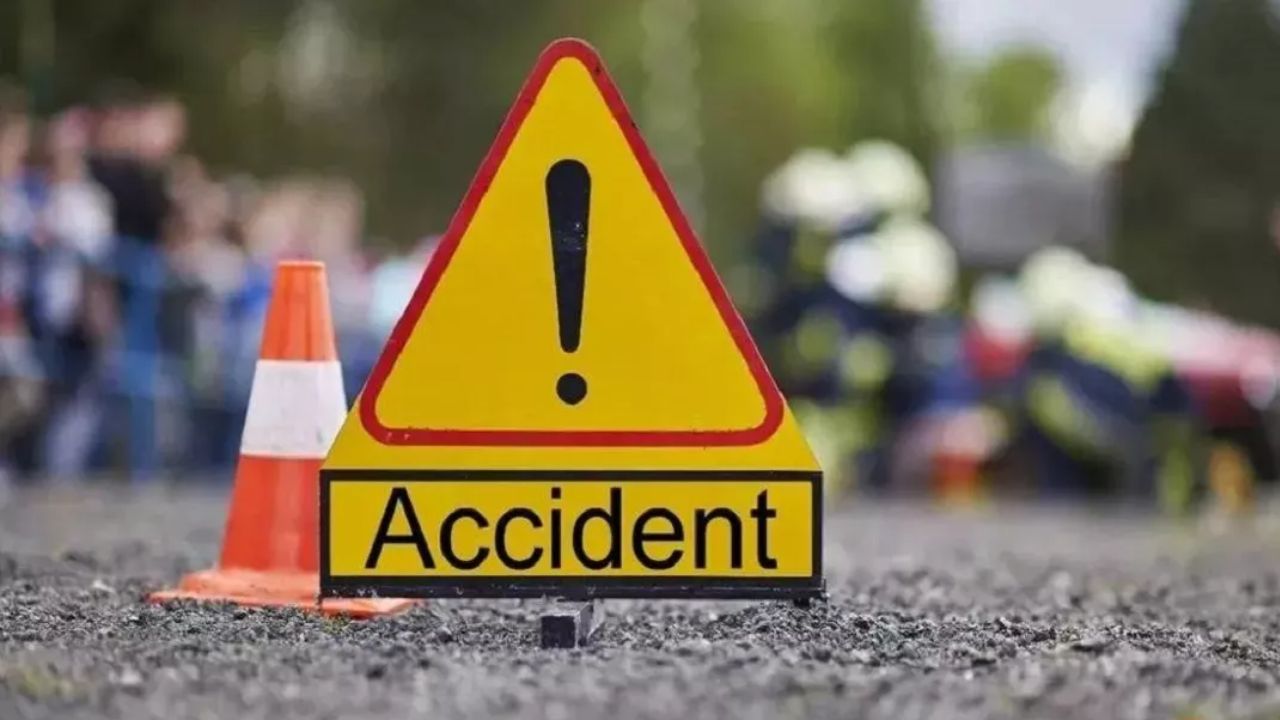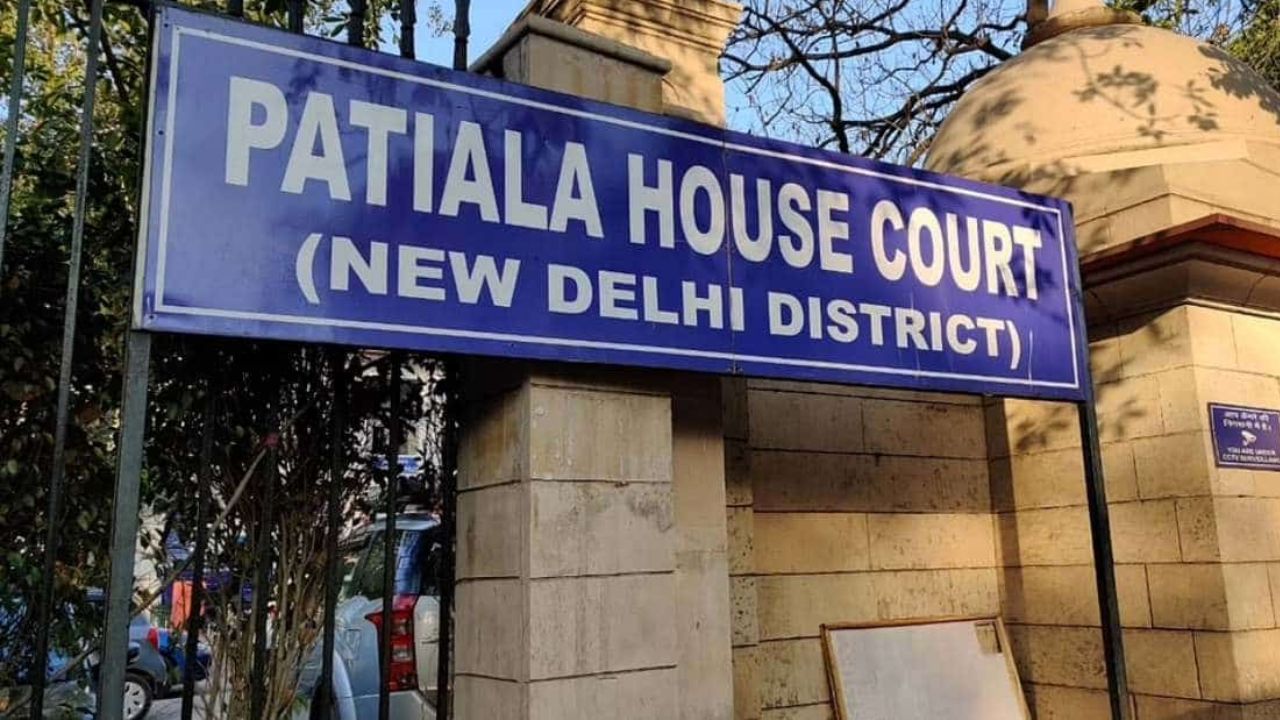Probe Agencies Keep Pressure On, Pahalgam Attackers Yet to Be Traced
A Month After Pahalgam Carnage, Hunt for Attackers Continues With No Breakthrough A month after the deadly terror attack in Jammu and Kashmir’s Pahalgam that left 26 people — 25 tourists and a local resident —

A Month After Pahalgam Carnage, Hunt for Attackers Continues With No Breakthrough
A month after the deadly terror attack in Jammu and Kashmir’s Pahalgam that left 26 people — 25 tourists and a local resident — dead, the National Investigation Agency (NIA) continues to pursue leads with no major breakthrough yet. The attack on April 22 had sharply escalated tensions between India and Pakistan.
Taking over the probe from J&K Police days after the incident, the NIA has been relying on witness accounts, technical surveillance, and mobile data analysis to track down the perpetrators. It is suspected that at least five terrorists — including three from Pakistan — were involved in the assault at the popular Baisaran valley meadow. Authorities had earlier released sketches of three suspects and announced a reward of ₹20 lakh each for information leading to their capture.
“The local police initially issued sketches of the militants. After the NIA registered a fresh case, questioning of witnesses began. So far, 150 people — including pony operators, shopkeepers, photographers, and adventure sports workers — have been questioned,” a source said.
Among those questioned was a shopkeeper who had opened a store in the area just 15 days before the attack but kept it shut on the day of the incident. “Nothing incriminating has emerged so far, but inquiries continue,” the source added.
Investigators have collected and are analysing large volumes of mobile data — videos, photos, and call records — from the attack site. The agency also conducted 3D mapping of the Baisaran meadow based on witness accounts to reconstruct the attack timeline, routes taken by the terrorists, and their escape paths. A similar mapping exercise was used by the NIA during the Pulwama terror attack investigation in 2019.
In the immediate aftermath, J&K Police launched an extensive crackdown, detaining hundreds of suspects including known overground workers (OGWs). A senior officer said the detentions aimed both to generate leads and to send a firm message that such acts would face severe consequences. “While the second goal was largely achieved, progress on the investigative front has been limited,” the officer admitted.
Most of those detained have since been released, though a few former OGWs were booked under the Public Safety Act (PSA). False leads have also complicated the probe, including one incident where a tourist mistook three men in Betab valley for the attackers. The men were taken in for questioning but released after verification.
Security forces initially managed to track some digital traces of the attackers, intercepting their communications. However, officials say the suspects went offline shortly thereafter.
Meanwhile, combing operations have been expanded to cover large swathes of South Kashmir’s forests. In two encounters following the Pahalgam attack, six local militants, including a top commander of The Resistance Front (TRF) — the group believed responsible for the carnage — were killed by the Army and police.
Despite the setbacks, security and intelligence agencies remain hopeful that the continuing technical surveillance, ground combing operations, and interrogation of local networks will eventually yield results.





